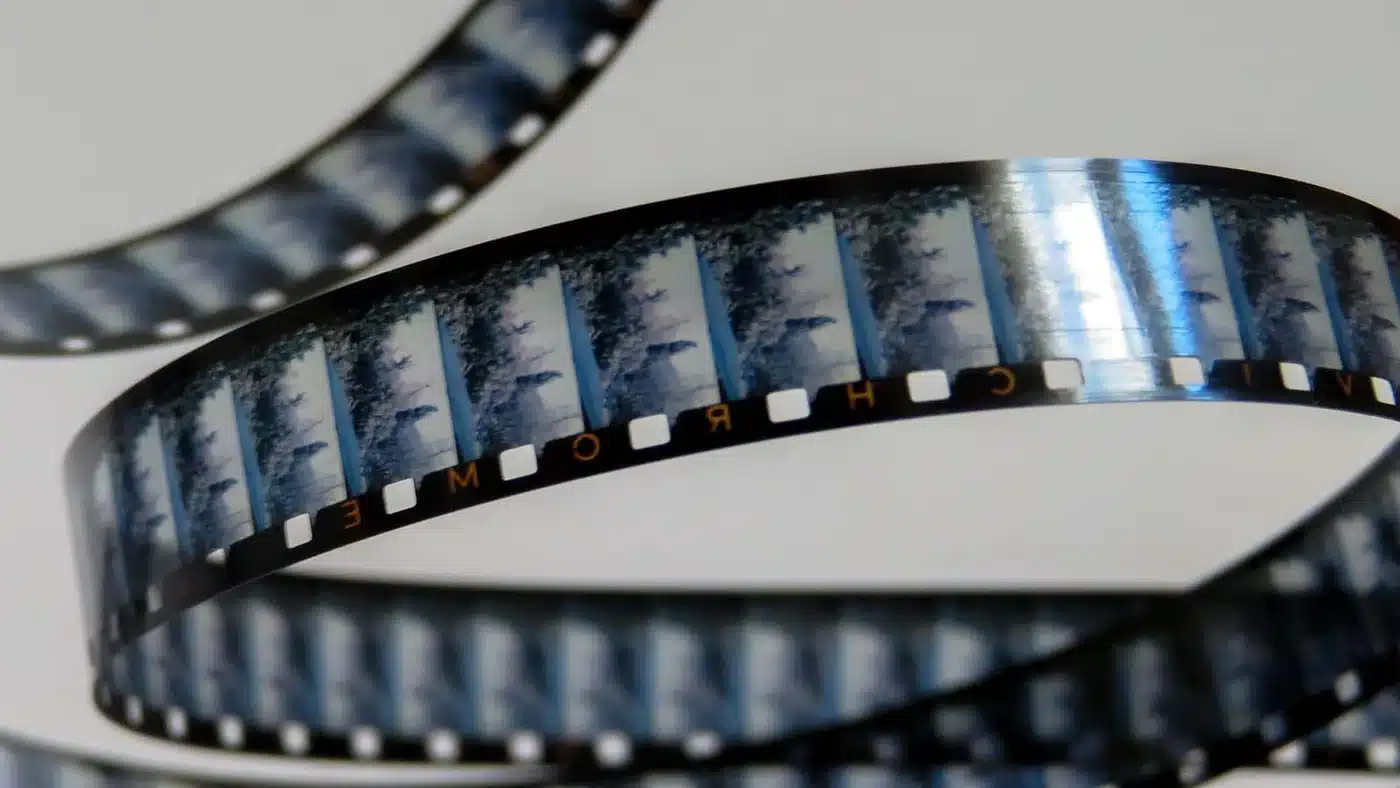A Comprehensive Guide to Film Types: 8mm, Super 8, and 16mm Film

Today, the majority of home videos are recorded, stored, and transferred digitally. But there was a time when few people had access to digital cameras and camcorders.
Instead, they used film stock — such as 8mm, Super 8mm, and 16mm — to capture their memories. If you have an old box of films at home but don’t know how to transfer them, this guide is for you.
In this article, you’ll learn the differences between 8mm, Super 8mm, and 16mm films, how they were used in the past, and how to transfer old films to digital format.
What Is Standard 8mm Film?
Standard 8mm film was introduced in 1932 and was perfect for the amateur format. It was a great way for families to record their memories on film, as it cost significantly less than 16mm and had an easier-to-use camera system.
8mm films were stored in spools which were inserted into cameras and projectors. Thicker gauge film was used for 8mm films, which allowed them to record clear footage.
The sound quality on 8mm films is generally inferior to 16mm and Super 8 movies due to the type of audio track used — if there is one present. What’s more, transfer from these films can be difficult, as the spools have to be taken apart.
What Is Super 8mm Film?
As an improvement over standard 8mm film, Super 8mm film was introduced in 1965 and is essentially a larger version of the standard 8mm format.
It was designed to use smaller spools and allowed for better sound quality due to its wider magnetic audio track. This meant that transfer from Super 8 films could be done more easily than transfer from standard 8mm films.
The Super 8 format was popular among amateur filmmakers and the home movie market, as it had a larger frame size and could capture more detail. It also allowed for better color saturation, making it an ideal choice for capturing vivid family memories.
What Is 16mm Film?
16mm film was introduced in 1923 and was initially used mainly for educational films, newsreels, and documentaries.
It was also a popular format among amateur filmmakers due to its affordability over the standard 35mm film at the time. With the addition of optical sound-on-film technology in 1935, 16mm film regained popularity and was widely used for television and film production — and it is still used today!
Differences Between 16mm, 8mm, and Super 8mm Film
The main difference between 8mm, Super 8mm, and 16mm films is the size of each format.
16mm film is larger than both 8mm and Super 8 formats — it’s roughly twice as wide. Because it has a bigger frame size, 16mm can capture more detail than both 8mm and Super 8 formats.
In terms of transfer from each format, 16mm film is the easiest to transfer as it doesn’t require dismantling. 8mm and Super 8 films must first be taken apart before a transfer can take place, making the transfer process more challenging.
Convert Your Films to Digital
Digitizing old film formats may seem daunting — but with the help of transfer specialists like Capture, it doesn’t have to be.
Capture offers transfer services for 8mm, Super 8mm, and 16mm films so that you can finally transfer your old movies to digital formats, such as DVD, Blu-Ray, and digital files.
Capture also offers restoration services to improve the quality of transfer if needed. With their expertise, you can have your films digitized and preserved for years to come.
Their transfer technicians are experienced in film transfer and use top-of-the-line transfer equipment and techniques to ensure the highest quality result. Capture also has a wide range of editing options so you can customize your transfer just the way you want it.
In Conclusion
Standard 8mm, Super 8mm, and 16mm films were revolutionary formats that allowed individuals to capture their memories on film.
Although digital media has become the most popular format in the modern age, transfer services like Capture make it possible to transfer your old films into digital formats, so you can keep your legacy alive for future generations.
So if you’re ready to preserve the content of your past, be sure to digitize old films with Capture and transfer your memories to the digital age!










